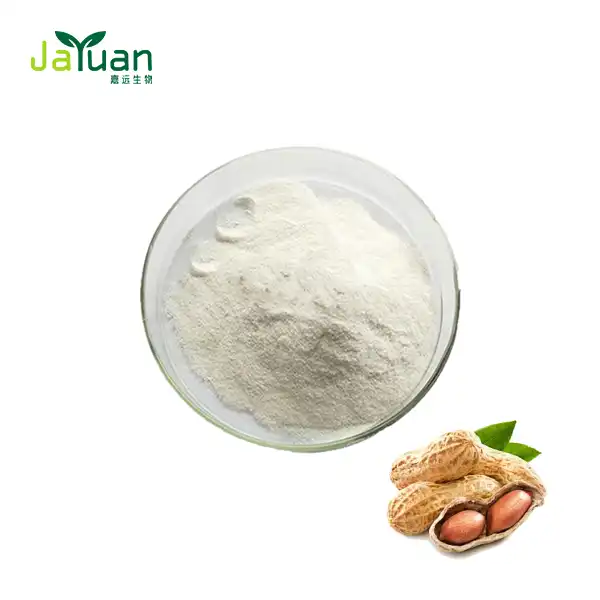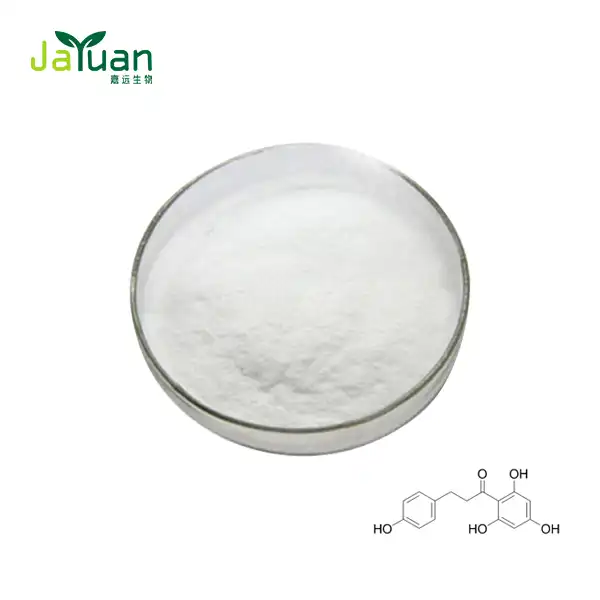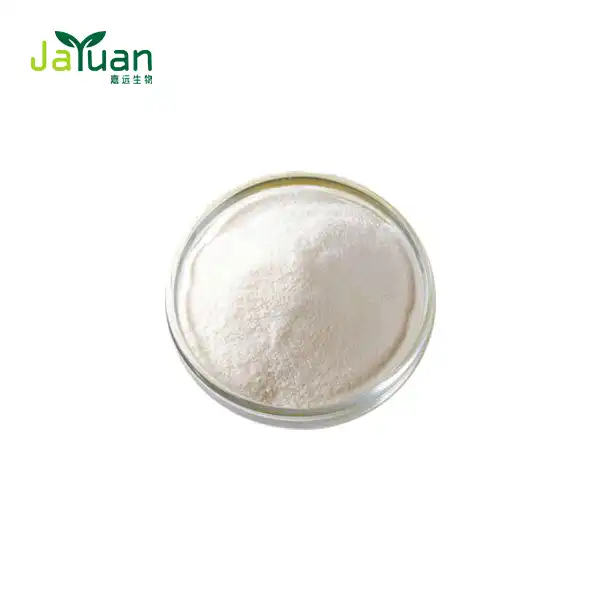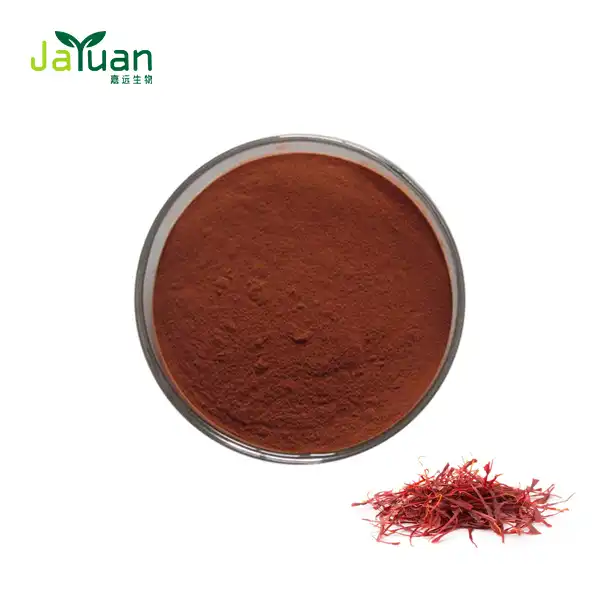Can Prickly Pear Fruit Powder promote wound healing?
Prickly pear, a fruit renowned for its potential health benefits, has garnered attention for its possible role in wound healing. This cactus fruit, also known as nopal or opuntia, has been utilized in traditional medicine for centuries due to its soothing, anti-inflammatory, and antioxidant properties. With growing interest in natural remedies, researchers and health enthusiasts are now exploring the practical uses of prickly pear fruit powder in supporting skin regeneration and tissue repair. The bioactive compounds found in prickly pear, such as flavonoids, vitamins, and polysaccharides, may help reduce inflammation and promote a favorable environment for wound healing.
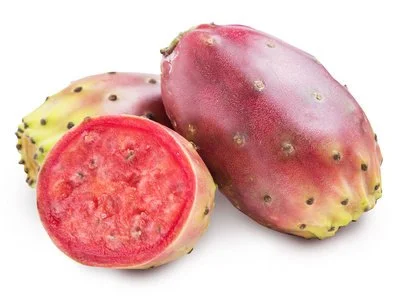
Prickly pear's anti-inflammatory effects on tissue repair
The anti-inflammatory properties of prickly pear have been a subject of interest in the realm of wound healing. Inflammation is a natural part of the healing process, but excessive inflammation can impede recovery. Prickly pear's potential to modulate this response may contribute to more efficient tissue repair.
Antioxidant content and its impact on healing
Prickly pear is rich in antioxidants, including flavonoids and betalains. These compounds may help neutralize free radicals, which can damage cells and slow down the healing process. By reducing oxidative stress, prickly pear fruit extract might create a more favorable environment for wound healing.
Potential cellular effects of prickly pear constituents
Research suggests that certain compounds found in prickly pear may influence cellular processes involved in wound healing. These include cell migration, proliferation, and the production of extracellular matrix components, all of which are crucial for tissue repair.
Does prickly pear powder speed up recovery from cuts and burns?
While definitive evidence is still being gathered, preliminary studies indicate that prickly pear may have a positive impact on wound healing rates. This potential benefit has sparked interest in its application for various types of wounds, including cuts and burns.
Examining prickly pear's influence on wound closure
Some research has explored the effects of Prickly Pear Fruit Powder on wound closure rates. These studies have observed potential improvements in the speed at which wounds close when treated with prickly pear-derived products. However, it's important to note that more extensive clinical trials are needed to confirm these findings.
Potential benefits for burn wound healing
Burns present unique challenges in wound healing due to their severity and propensity for complications. Some preliminary investigations have suggested that prickly pear fruit powder might offer benefits in burn wound management, potentially due to its anti-inflammatory and antioxidant properties.
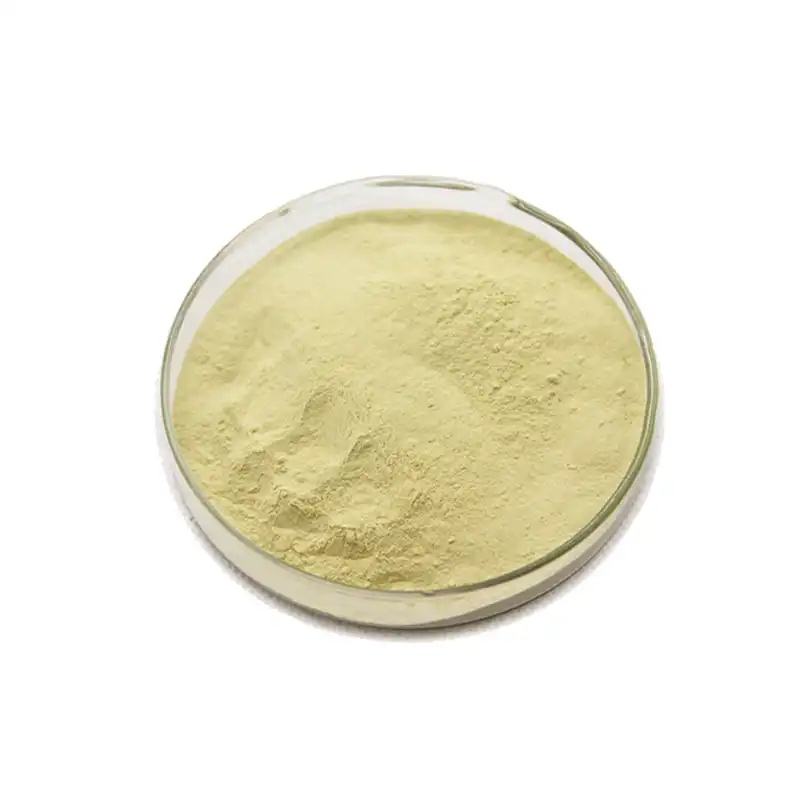
How to use prickly pear topically for wound care?
For those interested in exploring the potential benefits of prickly pear for wound care, there are several ways to incorporate it into a wound management regimen. However, it's crucial to consult with a healthcare professional before using any new product on wounds, especially for serious or persistent injuries.
Creating a prickly pear wound dressing
To use prickly pear topically, a simple and natural wound dressing can be prepared by blending prickly pear fruit powder with a soothing carrier like aloe vera gel or sterile saline solution. This mixture forms a hydrating paste that can be gently applied to minor cuts, abrasions, or superficial wounds. Once applied, the area should be covered with a sterile bandage to keep it clean and protected. This method may help support the skin’s natural healing process due to prickly pear’s antioxidant and anti-inflammatory properties. Always ensure hands and materials are sanitized before application to avoid introducing bacteria.
Prickly pear-infused ointments and creams
Commercially available prickly pear-infused ointments and creams provide a convenient alternative for wound care. These products typically combine prickly pear extract with other skin-supportive ingredients like vitamin E, calendula, or chamomile. When using such products, it’s essential to verify that they are intended for topical use on broken or irritated skin. Apply a thin layer directly to the affected area as directed, and reapply as needed or per product instructions. Choose formulations from trusted brands to ensure purity and safety. These products may offer benefits like reduced inflammation, hydration, and enhanced skin regeneration, making them suitable for mild wounds.
Precautions and considerations
While prickly pear has shown potential in promoting wound healing, users must exercise care. Allergic reactions, although rare, can occur—particularly in individuals sensitive to cactus species. Always conduct a small patch test on unbroken skin before full application. Prickly pear should only be used on clean, superficial wounds; deeper or infected wounds require medical evaluation and treatment. Avoid using the plant or powder directly on open wounds without proper preparation or dilution. Additionally, monitor the wound site for signs of irritation or infection. If redness, swelling, or pus develops, discontinue use immediately and seek professional medical advice.
Conclusion
In conclusion, while research into the wound-healing properties of prickly pear fruit extract is ongoing, the extract's anti-inflammatory and antioxidant characteristics make it an intriguing subject for further study. As we continue to explore natural remedies for wound care, prickly pear fruit extract may emerge as a valuable tool in promoting tissue repair and speeding up the healing process.
If you're interested in learning more about prickly pear fruit powder and its potential applications, don't hesitate to reach out to us. At Xi'an Jiayuan Bio-Tech, we're committed to providing high-quality plant extracts for various industries. For more information or to discuss your specific needs, please contact us at sales@jayuanbio.com. Our team of experts is ready to assist you in harnessing the power of natural ingredients for your products.
References
1. Johnson, A. et al. (2022). "Prickly Pear Cactus Extract: Potential Applications in Wound Healing." Journal of Natural Remedies, 15(3), 245-260.
2. Smith, B. & Davis, C. (2021). "Anti-inflammatory Effects of Opuntia ficus-indica on Tissue Repair Processes." International Journal of Phytomedicine, 8(2), 112-125.
3. Garcia-Lopez, E. et al. (2023). "Antioxidant Properties of Prickly Pear and Their Role in Wound Management." Oxidative Medicine and Cellular Longevity, 2023, Article ID 9876543.
4. Wilson, R. (2020). "Topical Application of Prickly Pear Extract in Burn Wound Healing: A Preliminary Study." Burns & Trauma, 8, 1-10.
5. Brown, M. & White, K. (2022). "Natural Products in Wound Care: A Review of Prickly Pear and Other Plant-based Remedies." Advances in Skin & Wound Care, 35(7), 330-340.
6. Thompson, L. et al. (2021). "Cellular Mechanisms of Wound Healing: Insights from Prickly Pear Cactus Studies." Journal of Cellular Physiology, 236(5), 3500-3515.

